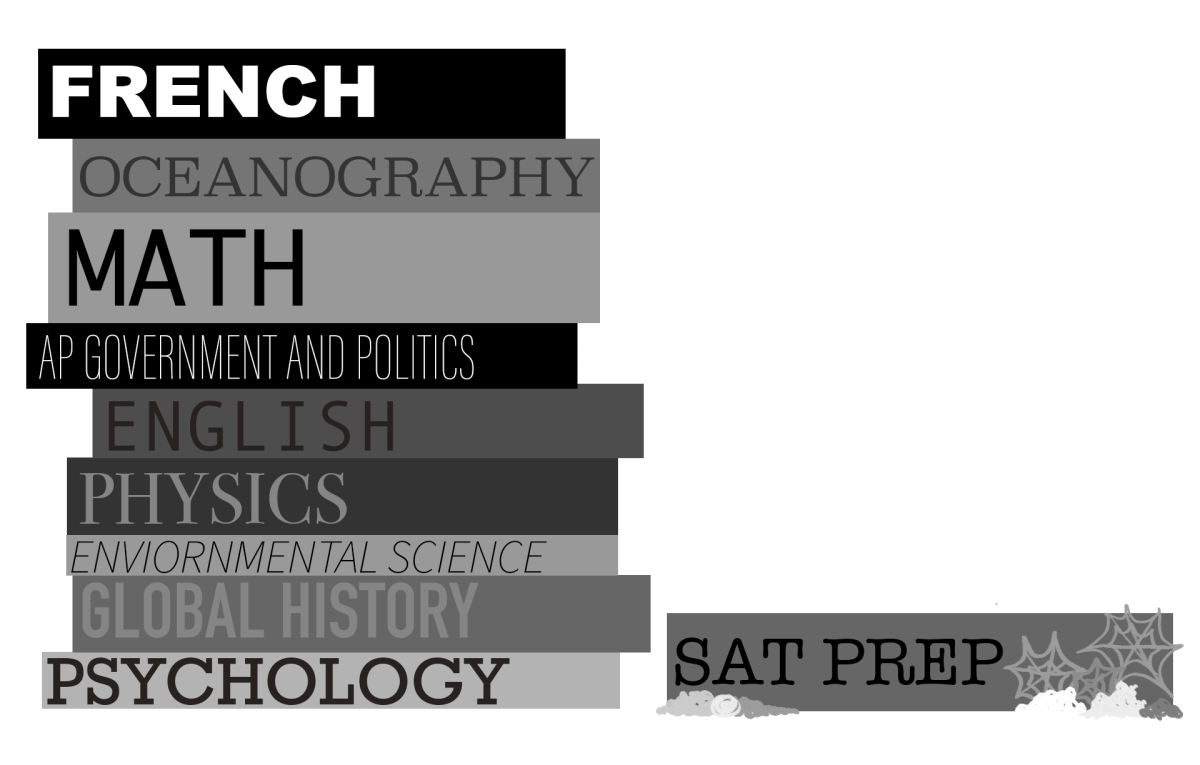
In the journey towards reopening schools during the pandemic, no group has been as involved in the struggle or as villainized as teachers’ unions. Many of these unions, especially in larger districts, were refusing to return to school until test positivity rates fell—which still seems like a long way off. While most trade unions engage in public strikes and protests, no others permeate more into the lives of American families. Teachers’ unions have been scapegoated and isolated in the US for the last century. Even if you disagree with the actions of these unions with regard to the pandemic, it is impossible to deny that they play an important role in American society.
The truth is that most people barely know anything about their local education union. LM’s union, the Lower Merion Education Association (LMEA), is one of the most interesting and unique education unions in the nation. Affiliated with its national and state level counterparts, the LMEA not only advocates for professional staff like teachers, but also for support staff, ranging from classroom aides to groundskeepers to mechanics for buses. Everyone who works in the district, except for administrators, can join the LMEA. Merged local unions, as the LMEA identifies itself, are few and far between, but present tremendous benefits for the employees they represent. Thus, this model should be implemented across district-level unions in the Commonwealth of Pennsylvania.
The most obvious advantage of a merged local education union is a greater collective bargaining power. A professional or instructional union only represents professional staff; a non-instructional union only represents support staff. The LMEA’s “wall-to-wall” policy means it encompasses everyone (except administrators) who works within the walls of the school district. In the event of a strike or protest, with increased manpower, the employees of the district are much more powerful in a single union. The pressure of professional and support staff combined makes the merged local model of a union more influential than separate unions.
Support staff often work jobs that can be paid hourly with fluctuating work schedules and responsibilities. There are fewer precedents for how they should be paid, and because most are blue-collar workers, their labor as a whole is seen as lesser to that of other employees within the district. This translates to disadvantages in collective bargaining, as seen below in the case of LMSD and Tredyffrin/Easttown School District, abbreviated T/E. T/E encompasses eight schools and serves over six thousand students in Chester County. Its staff are represented by two unions: the Tredyffrin/Easttown Education Association (TEEA), which is for professional staff, and the Tredyffrin/Easttown Non-Instructional Group (TENIG), which acts for support staff. T/E is consistently ranked as one of the best school districts in the Philadelphia area alongside LM, achieving high testing scores and sending its students to some of the best colleges in the nation. Furthermore, both Chester and Montgomery Counties are among Pennsylvania’s most liberal counties, where around sixty percent of votes were for Biden in the 2020 election.
In reference to both districts’ policies for child-rearing and childbearing leave, there are large discrepancies between the two. LM offers thirty days of paid child-bearing leave and one year of unpaid childrearing leave to all of its permanent employees, professional and support staff. T/E’s contract with the TEEA also guarantees professional employees one year of unpaid childrearing leave. However, members of the support staff in the district are only allotted three months of unpaid child-rearing leave. With one-fourth the time off as their professional counterparts, it is clear that members of TENIG possess less bargaining power within their district and their work is less respected than in LM.
Further discrepancies are seen in the working conditions and salaries of T/E’s support staff. While LMSD pays its professional and support staff on an annual salary, T/E’s non-instructional employees earn hourly wages, which are less stable. In addition, support personnel in T/E have fluctuating workweeks, meaning hours can be changed up to a week in advance at the administration’s discretion. The combination of these two factors puts support staff at an obvious disadvantage when compared with their professional counterparts. Employees are paid hourly, so they have an increased incentive to work as many hours as possible. But because their supervisors are able to change their work schedules on a whim, non-instructional workers have less control over their hours and thus their personal lives.
So why is it that in two highly ranked school districts there is such inconsistency with how support staff are treated? The difference is unions. Because T/E has separate local unions rather than a merged local one, the labor of support staff is undervalued and does not receive the same respect as that of instructional staff. While there is no perfect comparison, T/E and LMSD are similar enough that these disparities we observe should not exist.
So how can LMSD’s success with its merged local be applied elsewhere? In the state of Pennsylvania, there are 500 public school districts, more than 170 charter schools, and over 3,000 private schools. Imagine if all of these schools’ unions adopted the merged local model. For all professional staff to represent support staff and for all support staff to represent professional staff would not only make a massive impact on a district-wide level, but would send rippling effects through non-local unions. With the pressure of hundreds of merged locals in Pennsylvania, the PSEA will adopt policies that reflect the unity of all workers in education, and the merged local union model will spread beyond the state level. Thousands of school districts will be able to feel the benefits of representing all of their employees. Teachers, counselors, custodians, secretaries, classroom aides, and groundskeepers will come together to advocate for a change in education.




